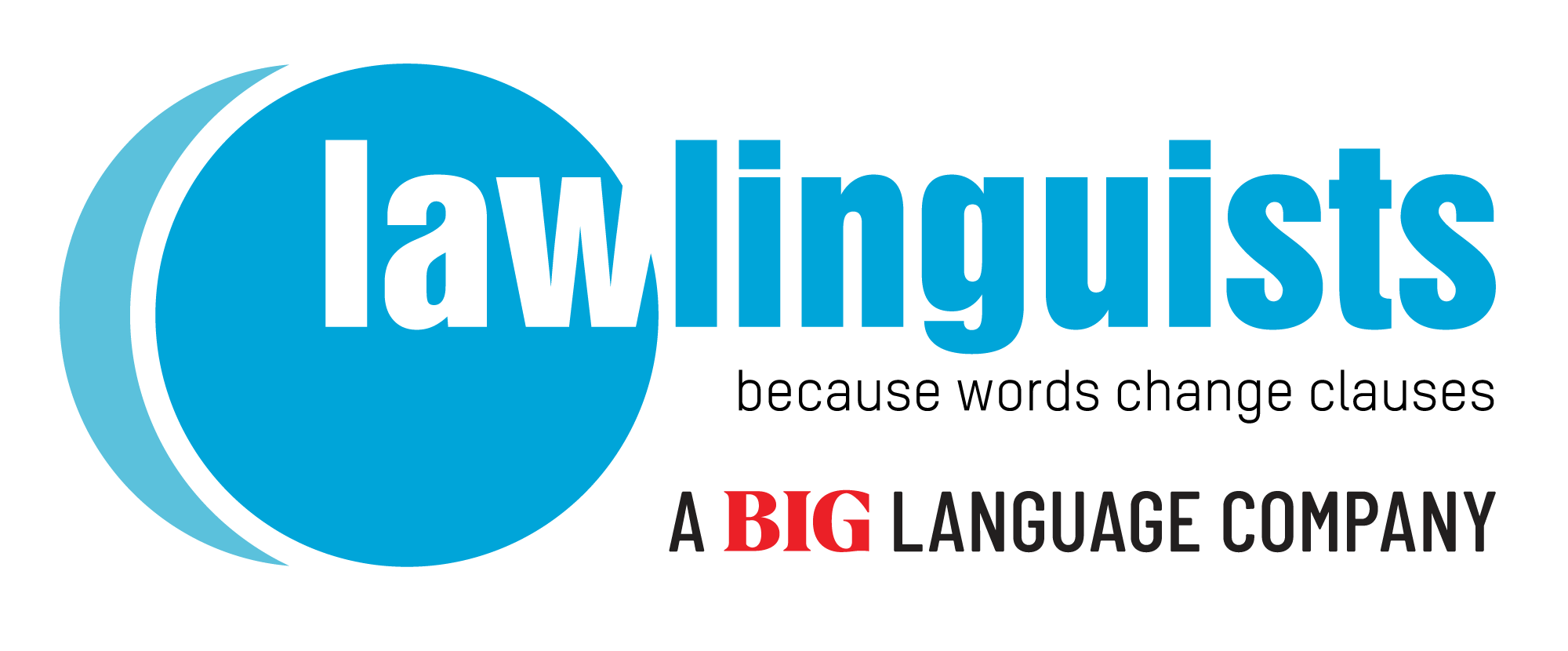The power of Mindmapping in language learning
By Lawlinguists In Facts, Language, Learning, Sin categorizarThe first thing I’d like to say about mind mapping is how upset I am for not knowing about it sooner! Why wasn’t it taught to me in elementary school, junior high, high school, or even university? Why did I labour through so many classes, books and professional challenges without this amazing tool?
Mind mapping is certainly not a new idea, and many different folks have probably come to it on their own. We owe its popularity, however, to one man: British author, speaker, and memory master Tony Buzan. He is the author of countless books on using mind mapping to improve your performance at school or work, and how maximize one’s memory with both ancient and modern memory enhancement techniques (check out either The Mind Map Book or How to Mind Map).
So what is a Mind Map?
A Mind Map is a powerful graphic technique, which provides a universal key to unlock the potential of the brain. It harnesses the full range of cortical skills – word, image, number, logic, rhythm, colour and spatial awareness – in a single, uniquely powerful manner. In so doing, it gives you the freedom to roam the infinite expanses of your brain. The Mind Map can be applied to every aspect of life where improved learning and clearer thinking will enhance human performance.
How can mind maps used in language learning?
Mind maps are extremely useful for 3 main purposes in language learning:
- Learning vocabulary.
- Building a clear context before, during and after study sessions.
- Organizing one’s thoughts before writing.
When listening to or reading an article, you can make a mind map that includes all previously unknown vocabulary. Put the title of the article in the centre of the map, and then fan the words around the centre. You can then add one-word definitions, synonyms, antonyms, parts of speech, translations, drawings, etc. depending on your learning preferences.




No Comments